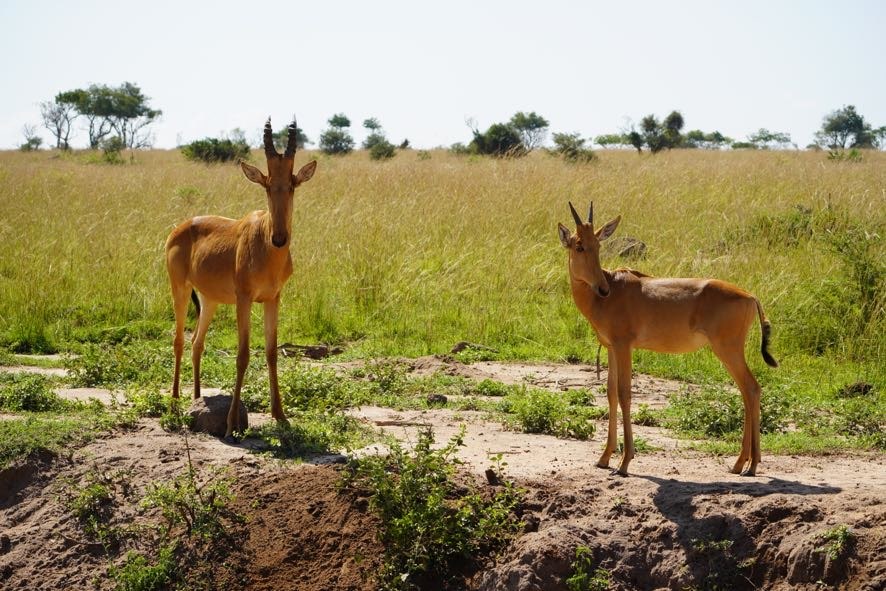Conservation Challenges in Semuliki National Park
Semuliki National Park, located in western Uganda, stands as a testament to the country’s rich biodiversity and ecological significance. Spanning approximately 220 square kilometers, it is one of Uganda’s most biologically diverse protected areas. The park is renowned for its unique lowland tropical rainforest, which harbors species that are rare or absent in other parts of East Africa. Despite its ecological importance, Semuliki National Park faces numerous conservation challenges that threaten its delicate ecosystems and the myriad species it supports.
Habitat Loss and Fragmentation
One of the most pressing threats to Semuliki National Park is habitat loss and fragmentation. Human activities such as agriculture, logging, and infrastructure development have led to the encroachment into the park’s boundaries. This encroachment not only reduces the size of the park but also fragments its habitats, making it difficult for wildlife to move freely and access resources. The park’s proximity to the Democratic Republic of Congo (DRC) further exacerbates this issue, as cross-border activities contribute to the degradation of the forest. Efforts to address habitat loss require coordinated conservation strategies that involve both Ugandan and Congolese authorities.
Poaching and Illegal Wildlife Trade
Poaching remains a significant challenge in Semuliki National Park. Illegal hunting activities target various species, including elephants, chimpanzees, and antelopes, driven by the demand for bushmeat and animal parts. The park’s location near human settlements increases the risk of poaching, as local communities often rely on the park’s resources for sustenance. Additionally, the illegal wildlife trade poses a threat to species such as the African green pigeon, which is considered a delicacy by some local communities. Conservation efforts must focus on strengthening law enforcement and promoting alternative livelihoods for communities to reduce dependence on poaching.
Climate Change and Environmental Stressors
Climate change introduces additional stressors to Semuliki National Park’s ecosystems. Changes in rainfall patterns, increased temperatures, and the frequency of extreme weather events can alter the distribution of species and the structure of habitats. For instance, shifts in temperature and precipitation can affect the breeding cycles of amphibians and the availability of food for various animals. These environmental changes may lead to a mismatch between species’ ecological requirements and the available conditions, potentially resulting in population declines.
Community Engagement and Livelihoods
The relationship between local communities and Semuliki National Park is complex. Historically, conservation efforts have often excluded local communities, leading to resentment and non-compliance with park regulations. The eviction of indigenous groups, such as the Batwa, from the park has further strained relations. To address these issues, conservation strategies must prioritize community engagement, ensuring that local populations benefit from the park’s resources through sustainable practices. Programs that promote eco-tourism, sustainable agriculture, and alternative livelihoods can empower communities and foster a sense of ownership and responsibility towards conservation.
Transboundary Conservation Challenges
Semuliki National Park’s location along the border with the DRC introduces transboundary conservation challenges. The park is contiguous with Virunga National Park in the DRC, creating a shared ecosystem that requires coordinated management efforts. However, political instability, differing conservation priorities, and limited resources complicate collaborative initiatives. Effective transboundary conservation requires diplomatic engagement, joint patrols, and shared research initiatives to address common threats and ensure the protection of the entire ecosystem.
Conservation Initiatives and Strategies
In response to these challenges, various conservation initiatives have been implemented in Semuliki National Park. The Uganda Wildlife Authority (UWA) has increased anti-poaching patrols and established community conservation programs to involve local populations in park management. Collaborations with non-governmental organizations and international partners have facilitated habitat restoration projects and environmental education campaigns. Additionally, the promotion of sustainable tourism has generated revenue that supports conservation activities and provides economic incentives for communities to protect the park’s resources.
Semuliki National Park is a vital ecological asset that faces numerous conservation challenges. Addressing these issues requires a multifaceted approach that combines habitat protection, law enforcement, community engagement, and climate change adaptation. By fostering collaboration among local communities, governmental agencies, and international partners, Semuliki National Park can be preserved for future generations. Visitors to the park play a crucial role in supporting conservation efforts through responsible tourism and advocacy. Their engagement not only contributes to the park’s sustainability but also enhances their understanding and appreciation of Uganda’s rich natural heritage.
For those interested in exploring the wonders of Semuliki National Park and contributing to its conservation, consider booking your Africa tours and safaris through WildHorn Africa. Their expert-guided tours offer immersive experiences that highlight the park’s biodiversity and conservation efforts, ensuring that your visit supports sustainable practices and local communities.

